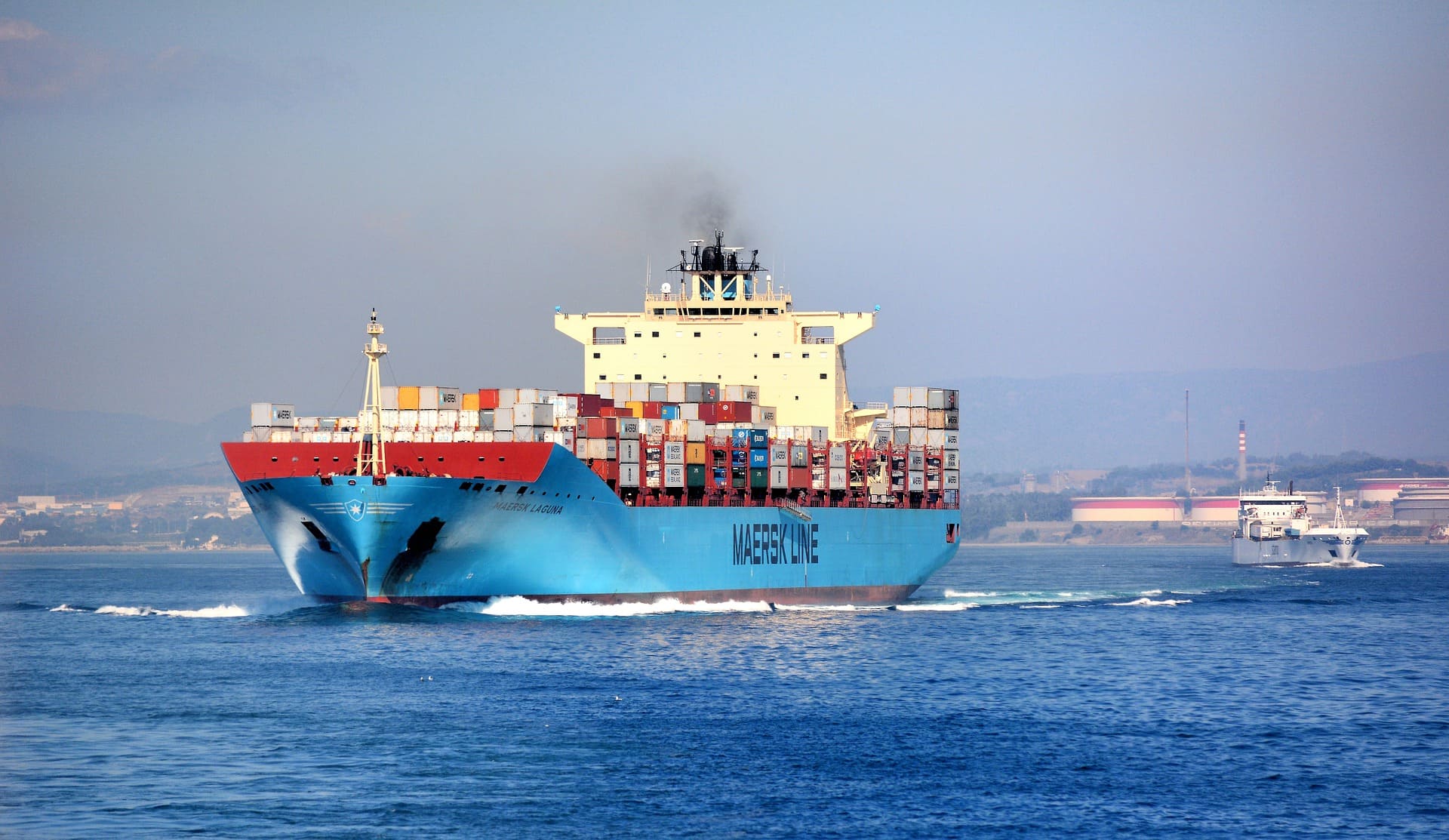Throughout the supply chain, the use of metrics to track and understand processes provides an invaluable resource for ensuring increased production and customer satisfaction. Additionally, the use of metrics fosters positive relationships with coworkers and adherence to rulesets and best practices for the respective third-party logistics provider (3PL). Many of the following distribution center metrics to track closely mirror those found within transportation and manufacturing, but this listing will focus on those involved in distribution centers. Distribution centers have a tendency to become like the lost cousin when compared to other aspects of the supply chain, but they play a valuable, constantly-needed role to ensure the timely delivery of merchandise to retailers, customers, and others.
The overall goal of the distribution center is to make sure that freight makes into the correct mode of transportation at the appropriate time. This involves monitoring for the late departure of shipping containers as well as premature completion of a specific freight loading time. While finishing a specific shipment load sounds like it would benefit the company, it may actually detract from duties to other shipments, which in turn results in a cascading effect of inaccurate departures.
The second most important distribution center metrics to track involves the accuracy during order picking processes. As workers are given their respective lists of items to pick, it would stand to reason that each employee should be able to complete the retrieval process quickly. However, impatience has a tendency to result in errors in judgment. Furthermore, this could lead to more than the requested number of product being included in shipment, which results in shrink of inventory. However, the alternative to this, not including an item, can anger an end-customer and permanently harm the customer-business relationship.
Throughout the year, warehouses experience changes in capacity due to increases and decreases in consumer spending. For example, shipping during the holiday season tends to increase as more people begin purchasing items online for gifts. However, distribution centers cannot possibly foretell how much of a specific product needs to be available unless the distribution center management has previous accounts of how much product has typically been required during similar time periods. This is where the metric of monitoring warehouse capacity and peak volume comes into play. Appropriate warehouse tracking must include monitoring of peaks in capacity.
 First Autonomous Spotters, Then Trucks
Prev post
First Autonomous Spotters, Then Trucks
Prev post




